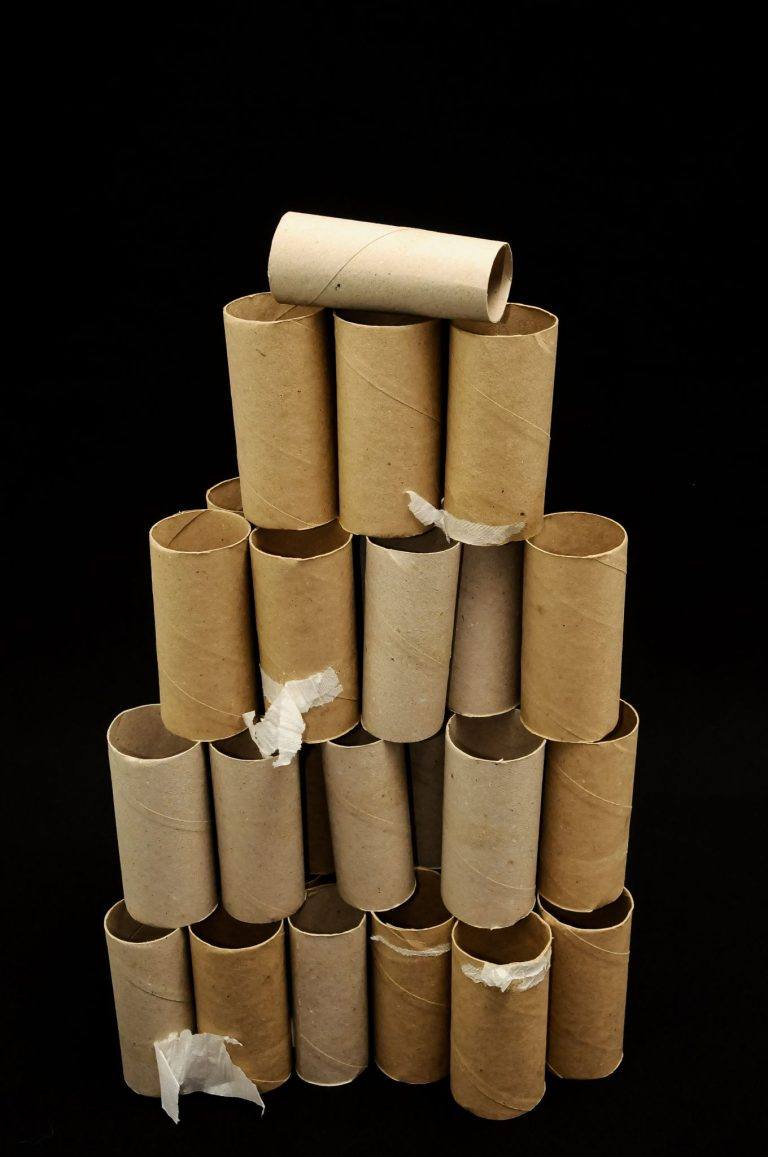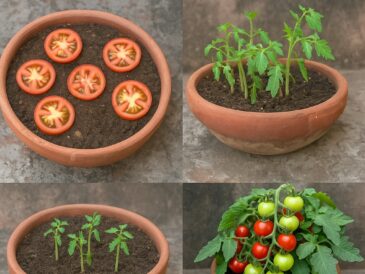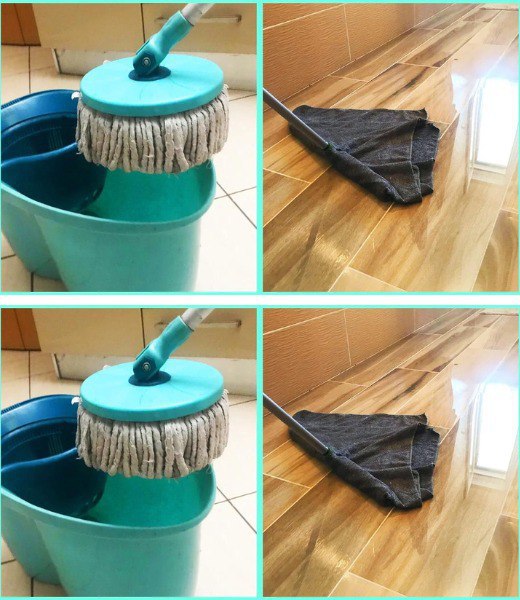Empty toilet paper rolls are often seen as nothing more than waste, ready to be tossed in the trash. However, for gardeners and DIY enthusiasts, these humble cardboard tubes hold hidden potential. Instead of throwing them away, consider reimagining their use in your garden. Not only does this recycling initiative help reduce waste, but it also provides numerous practical and eco-friendly solutions to enhance your gardening experience. Here are 14 creative ways to recycle toilet paper rolls and put them to good use in your garden.
1. Biodegradable Seed Pots
Toilet paper rolls make excellent seed starters. These small cardboard tubes can be filled with soil, and seeds can be planted directly in them. Once your plants are ready to be transplanted into the ground, simply plant the entire roll along with the seedlings. As the plant grows, the roll naturally decomposes, eliminating the need to remove it. This method not only reduces waste but also helps protect the roots during transplantation, making it a great, eco-friendly alternative to plastic seed pots.
2. Plant Bookmarks
Another clever way to recycle toilet paper rolls is by cutting them into small, manageable segments and using them as plant markers. These labels are perfect for marking your plants, whether in your garden or on a windowsill. You can write the plant names directly on the cardboard with a permanent marker, or if you want to make things a bit more artistic, decorate them with paint or colored pens. They’ll stand out in your garden and help you keep track of what’s what, all while reducing plastic waste.
3. Seedling Protection
To help protect young plants from the elements or pesky animals, you can place toilet paper rolls around the base of seedlings. This provides a physical barrier that helps shield the plants from being trampled or eaten by insects or small animals. As the plants grow taller, simply remove the rolls, which have by then decomposed or can be reused for another purpose.
4. Slug Protection
Slugs can wreak havoc in the garden, particularly on tender leaves and vegetables. To protect your plants from these slimy pests, cut the toilet paper rolls to the desired length and place them around sensitive plants. The rough texture of the cardboard helps create a barrier that slugs have difficulty crossing, offering natural protection without the need for harsh chemicals.
5. Organic Fertilizer
Once used, toilet paper rolls can be composted to enrich your garden’s soil. The cardboard is biodegradable and will break down quickly in the compost heap, contributing valuable organic matter to the soil. This compost can be used to nourish your plants, enriching the ground with the nutrients they need to thrive. It’s a great way to ensure that every part of the roll gets a second life, rather than going to waste.
6. Plant Supports
Toilet paper rolls are also great as makeshift supports for climbing plants like beans, peas, and cucumbers. Simply place the roll vertically in the soil near the plant, and as the plant grows, the roll will help provide the needed support for the plant’s vines to climb. This can also be helpful for fragile or new seedlings that need extra help staying upright as they grow.
7. Weed Protection
Weeds are a persistent problem in most gardens, often overtaking valuable plants. Toilet paper rolls can serve as an easy, sustainable way to prevent weed growth. Cut the rolls into pieces and place them vertically around the base of your plants. This simple barrier can help keep weeds from spreading and taking over, while also keeping the plants focused on growing upward rather than competing for nutrients with unwanted weeds.
8. Slow Waterers
Watering your plants consistently and evenly can sometimes be a challenge, especially during dry spells. Toilet paper rolls can help create a slow-release watering system for your plants. Simply perforate the roll with small holes and bury it near the plant’s roots. As you water the plants, the water will flow through the cardboard slowly, providing a steady and consistent supply of moisture to the soil.
9. Cutting Supports
When propagating plants from cuttings, they can sometimes be fragile and prone to falling over. To help keep your cuttings standing upright while they take root, place them inside a toilet paper roll. The roll will act as a protective sleeve, giving the cutting the support it needs to stay vertical until it has established roots. This method is particularly useful for soft-stemmed plants that might have difficulty standing on their own in the early stages of growth.
10. Frost Protection
To help protect sensitive plants from frost, especially in the early spring or late fall, fill toilet paper rolls with straw or shredded paper. These tubes act as miniature insulation sleeves, offering a protective barrier around your plants and helping them stay warm during cold nights. The cardboard also helps trap moisture, which can further insulate the plant, keeping it from freezing and dying in harsh weather conditions.
11. Garden Decorations
To add a personal and creative touch to your garden, consider decorating toilet paper rolls and using them as garden ornaments. You can paint them in bright colors, wrap them in patterned paper, or even turn them into whimsical designs like flowers or animals. Once decorated, hang the rolls on garden fences, trees, or use them as part of a DIY garden sculpture. Not only does this reuse a common item, but it also gives your garden a unique, eco-friendly flair.
12. Planting Supports
To assist fragile plants in staying upright, use toilet paper rolls as supports. Stand them upright in a planting tray and fill them with soil, then plant seedlings or cuttings inside. The rolls will help keep the plants standing tall until they are strong enough to grow without assistance. These makeshift supports are ideal for young, delicate plants that need a little extra help.
13. Vertical Gardening
If you’re short on space but want to grow more plants, consider using toilet paper rolls to create vertical garden planters. Attach the rolls to a fence, wall, or even an old pallet, and fill them with soil. You can plant small herbs, flowers, or even strawberries in each roll. This method is a creative and space-saving solution, allowing you to garden vertically and utilize small spaces efficiently.
14. Sun Protection
When transplanting young plants into the garden, they can sometimes suffer from sunburn due to the sudden exposure to direct sunlight. To help protect your seedlings from harsh sunlight, use toilet paper rolls as protective sleeves. Place the roll over the young plant to shield it from the sun’s intense rays until it adjusts to its new environment. This method is especially helpful for delicate herbs or vegetables that are sensitive to strong sunlight.
Conclusion
Recycling toilet paper rolls in the garden is an easy, eco-friendly, and affordable way to solve many gardening problems. Not only do they provide practical benefits, like improving plant growth and protecting plants, but they also contribute to reducing the amount of waste that ends up in landfills. Whether you use them to start seeds, protect seedlings, or create creative garden decorations, toilet paper rolls are a versatile tool that can be recycled in many ways.
Next time you finish a roll, remember that you don’t have to throw it away. Instead, repurpose it and give it a second life in your garden. Not only will you reduce waste, but you’ll also enjoy the satisfaction of knowing that you’re helping the environment while nurturing your plants.





